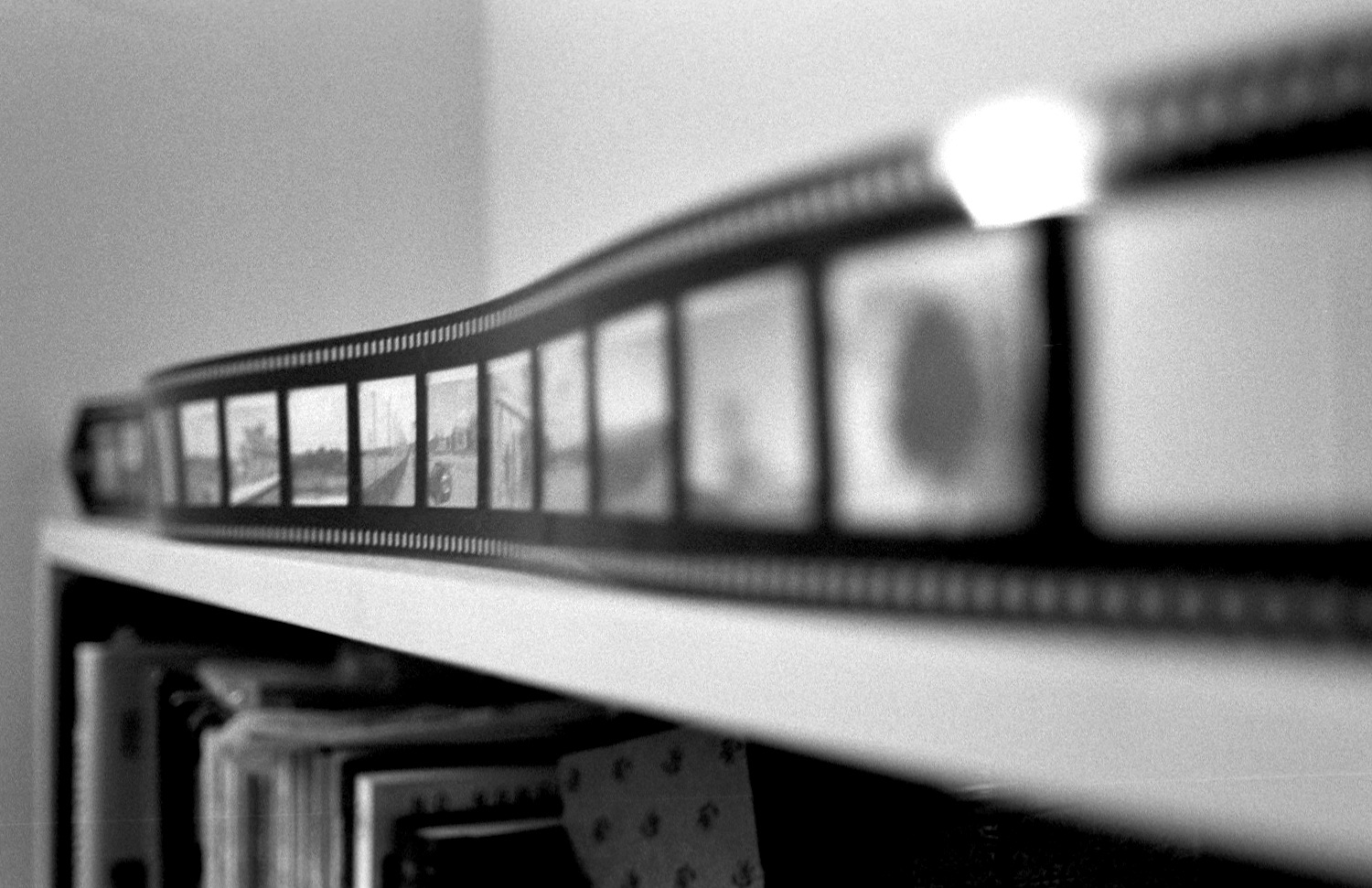Photo by Julian Jensen, via flickr
Rafael Abreu/Staff Writer
Finding inspiration in history instead of fantasy, Hayao Miyazaki’s “The Wind Rises” (adapted from his own manga) is the fictional biography of Jiro Horikoshi, an aeronautical engineer who designed airplanes that would eventually be used in World War II by the Empire of Japan. Throughout his life, he becomes long-term friends with a fellow classmate, impresses his superiors, and falls in love. However, through it all he never loses his love and focus for airplanes and what they represent to him.
Jiro dreams of working with planes, but fears that, due to his need for eyeglasses, he won’t be able to. In the first of many recurring dreams with Giovanni Battista Caproni (the famous Italian airplane designer) he is told that he can indeed work with planes without the need to be a pilot; Jiro then decides that he wants to study aeronautical engineering. His love of airplanes takes him from a university in Tokyo to a hangar in Germany, studying the different designs while also improving current ones.
The topic of the old and new is one that is brought up often in “The Wind Rises.” During the first half of the 20th century, Japan is poor and does not have the technology that countries like Germany do. While Germany can afford steel, Japan is still using wood to make their airplanes and cattle to move them. Jiro seeks improvement and innovation, finding ways to work with what he has while also knowing that this new technology and better materials would benefit his work. The contemporary politics, meanwhile, linger throughout Jiro’s life, something which he and Caproni discuss in their dreams.
It is addressed that doing what is beautiful (creating the airplanes) is more important than what they might be used for (fighter planes). Jiro and Caproni make it clear that their involvement in making these planes has nothing to do with the military; they design airplanes because it’s their one passion, and they cannot be focused on what others may utilize them for.
Jiro and Caproni can’t help it if their beautiful creations are used for destruction, especially since it is their jobs to design these planes for manufacture. In the case of Caproni, he’s famous enough to work on personal projects, such as a plane that would carry multiple passengers (no weapons), but even he is tied to the then-current war effort (WWI).
It is Jiro who, during these less-than-peaceful times, must design the things he loves, even though they are for military purposes; unlike Caproni, he has no power to abandon his work and pursue something more personal. In any case, the work he does for his company and country (and military) is his passion, his personal project, the things he dreams about when he closes his eyes.
“The Wind Rises” focuses on the passion that Jiro has for aviation, showcasing his knowledge and skills in the development of these aircrafts. While many things happen throughout his life, Jiro never loses the love he has for airplanes, even when the aftermath of WWII becomes a part of his life’s work. In the destruction field that is scattered with his designed planes, he addresses that each and every one of them left and never returned. The existence of such wars and what they can do to the things that mean the most for people is a devastating part of life.
Jiro’s passion was never tainted as a result of this war, and his planes flew with the grace and beauty that they always did. They may have been used for a purpose he neither intended nor wanted, but that never changed what the airplanes were for him. For Jiro, these works of art painted across the sky, doomed to never again come down to Earth. The most important thing Jiro, as well as the audience, learns from all this is that we must continue to live on. No matter what happens, no matter who passes on, and no matter how the landscape changes, we must keep going. We cannot stop, not while the wind still rises.
rafael.abreu@fiusm.com






Be the first to comment on "“The Wind Rises” displays aerial passion"